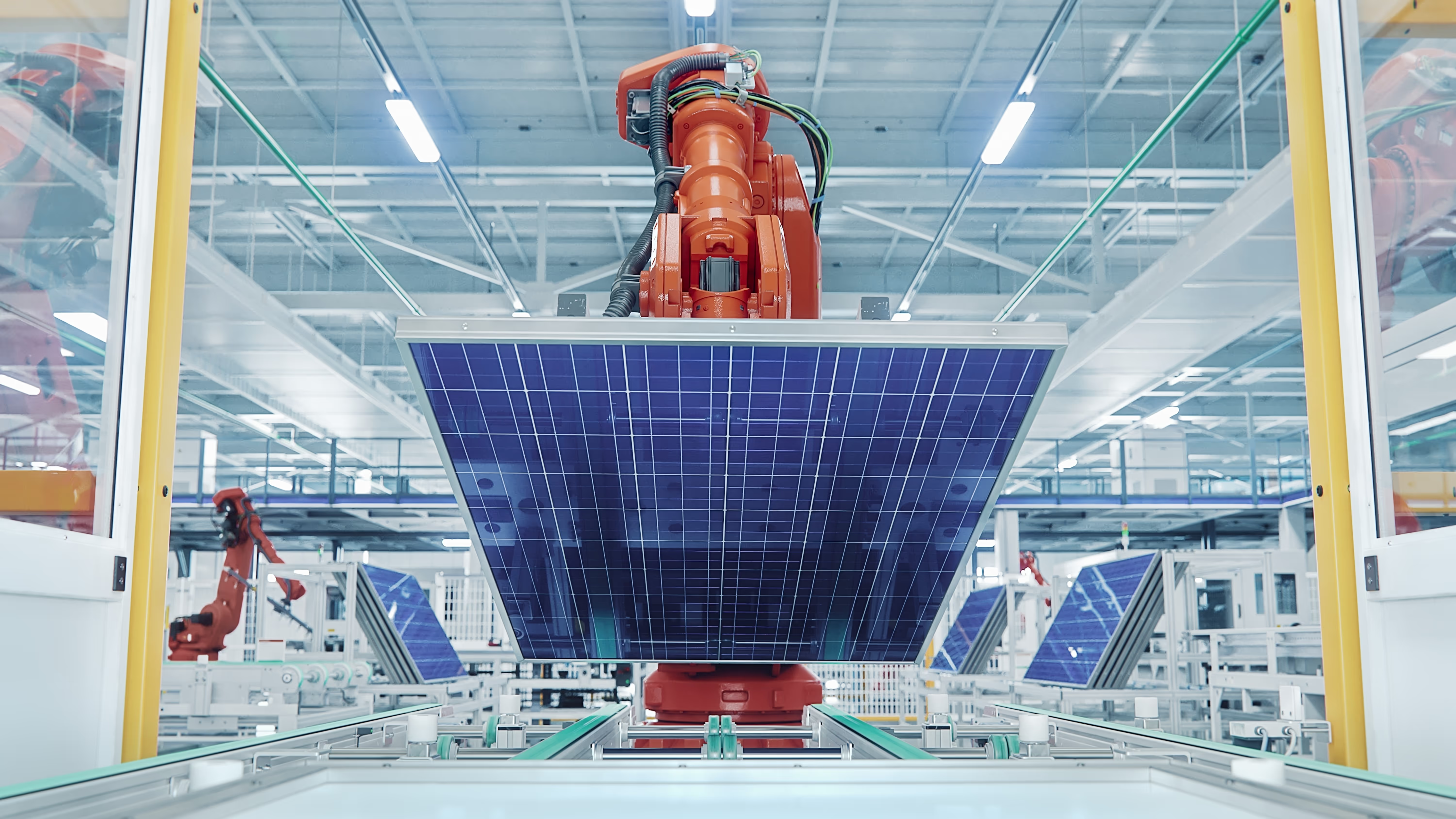On October 24, the IRS released final guidance for the 45X Advanced Manufacturing Production Tax Credit. The final guidance addressed several important questions raised by the US manufacturing industry since the proposed rule was published in December 2023. In particular, the final rules modified the treatment of material costs, including extraction costs, for critical minerals, while imposing detailed substantiation requirements to avoid double counting of costs. The final rules also modified the definition of eligible manufacturing to exclude “minor assembly” instead of “mere assembly,” noting that assembly is indeed the primary manufacturing process for solar modules and battery modules, for instance, which is indeed an eligible process for purposes of qualifying for 45X.
Highlighting what changed in the final guidance:
- Material cost inclusion for applicable critical minerals: In a significant departure from the proposed rule, the final regulations allow the inclusion of certain material costs, including extraction costs, for applicable critical minerals and electrode active materials. This change addresses concerns raised by stakeholders about the exclusion of material costs, acknowledging their contribution to value-added production. The final rule balances this inclusion with measures to prevent multiple crediting of the same costs.
- Inclusion of secondary production: The final regulations explicitly state that taxpayers may use recycled materials in the production of eligible components, adding "secondary production" to the definition of “produced by the taxpayer".
- From “mere” assembly to “minor” assembly: the IRS recognized that the industry required clarification on the definition of assembly, or “production”, in the context of various 45X-eligible manufacturing processes. The IRS clarified that, where assembly is the activity that primarily produces eligible components, such as a solar or battery module, the assembly necessary to achieve production should not generally be viewed as disqualifying “minor assembly.”
- Clarification of battery module definition: The final regulations clarify the definition of "module with no battery cells" and "module using battery cells," addressing industry concerns and aligning the interpretation with the statutory text. In particular, the IRS clarifies that the definition of a “battery module” is inclusive of “battery packs” to the extent that is the more common parlance, as in EV manufacturing. The final rule confirms that the requirement for battery modules to be in an “end-use configuration” applies to individual cells within the module, not to the entire module itself.
- Flexibility for tandem solar technologies: The final rule revises the language regarding tandem solar cell capacity calculation to address concerns about disparate treatment between different cell types and potential distortion of investment decisions.
And what didn’t:
- Expansion of Eligible Component Categories: Multiple commenters requested the inclusion of additional components, such as structural fasteners for solar trackers and wind energy components, within the scope of eligible components for the 45X credit. The Treasury Department and the IRS maintained that they lack the statutory authority to expand the categories of eligible components defined by Congress in the Inflation Reduction Act.
- Safe Harbor for Pre-existing Contract Manufacturing Arrangements: Commenters requested a safe harbor provision for contract manufacturing agreements in place before the proposed regulations' applicability date. The Treasury Department and the IRS did not implement this safe harbor but noted that taxpayers could still apply the special rule for contract manufacturing agreements.
- Specific Standards for Battery Cell Capacity Measurement: Commenters suggested the inclusion of additional specific national or international standards for measuring battery cell capacity. The Treasury Department and the IRS acknowledged the desire for clarity but determined that adding specific standards beyond those already provided would not enhance the final regulations.
Ongoing Deliberation and Future Guidance:
The final rules related that the IRS is continuing to work to finalize certain applications of the 45X tax credit as it relates to the production of aluminum and alumina. Treasury’s work is ongoing for other clean energy tax credits, including section 45Z Clean Fuel Production Credit and finalization of the tech-neutral section 48E Clean Electricity Investment Tax Credit and the 45Y Clean Electricity Production Tax Credit, as part of their Phase Four implementation of the Inflation Reduction Act's clean energy provisions. Additional guidance is anticipated in these areas, and potentially other areas, through the end of 2024.
Download the ultimate guide to advanced manufacturing tax credits:
Leveraging insights from Crux’s authoritative dataset on the transferability market, plus data from Clean Investment Monitor, the Department of Energy, and more, this e-book outlines everything manufacturers and buyers need to know about 45X PTCs.

